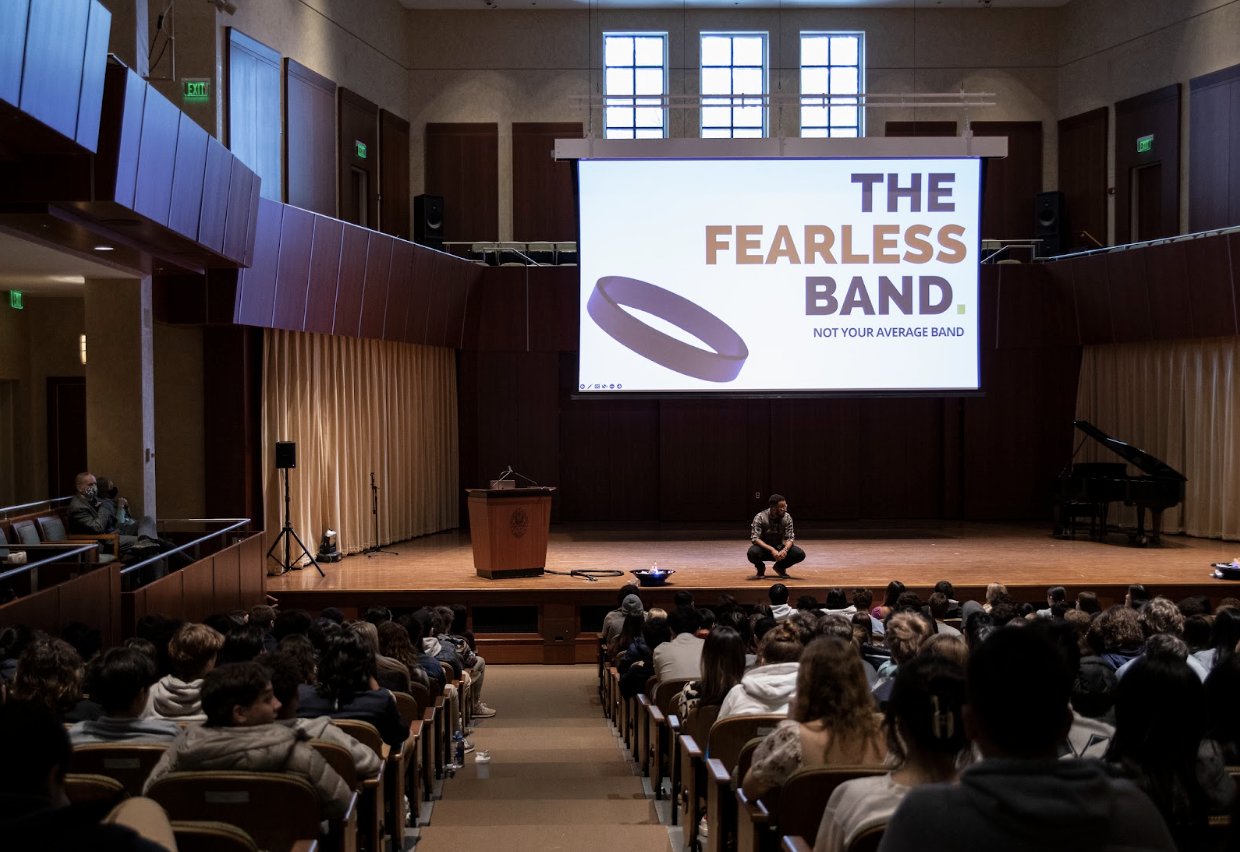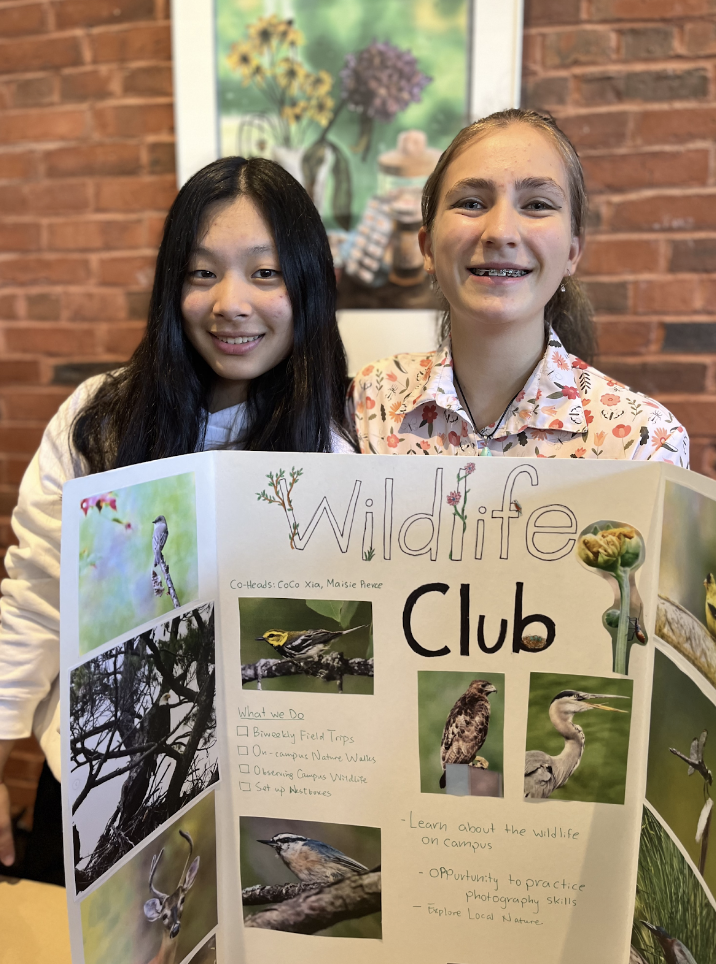by gina yang ‘24
Community and Equity (C&E) Day is an annual event that brings together the entire St. Mark’s community to engage in workshops and activities that promote understanding, compassion, and respect for diversity. This event is a critical component of the school’s commitment to creating a more inclusive and equitable campus culture. This year’s C&E Day held on Monday, January 23, was no exception.
The event commenced with Darryl Bellamy Jr.’s inspiring keynote speech, which focused on the theme of fearlessness in face of adversity. Mr. Bellamy’s speech was in line with one of the featured programs of this year’s C&E Day: The Fearless Moments Program, an interactive workshop where members of the community were invited to share personal stories of courage and resilience in the face of adversity. The program’s goal was to encourage students to embrace vulnerability and have the courage to speak up against injustice and oppression, particularly in relation to race.
Fearlessness, as Bellamy Jr. explained, is not the absence of fear, but rather the ability to act in spite of it. This idea is particularly important when it comes to issues of race and equity, as systemic racism and oppression can often be a source of fear and intimidation for individuals. By encouraging students to embrace fearlessness and speak up against racial injustice, the Fearless Moments Program is promoting antiracism and working to create a more equitable and just community at St. Mark’s.
Following the keynote speech, students gathered in small groups in their houses to engage in discussions and share their own “Fearless Moments” with each other. While these conversations can be challenging and uncomfortable, they are essential to promoting antiracism and creating a more inclusive community. By providing a platform for students and faculty to engage in discussions about issues related to identity, C&E Day encourages the St. Mark’s community to confront systemic racism and other forms of inequality that persist in society. The Fearless Moments Program fits perfectly with this theme by encouraging students to engage in difficult conversations about race and equity, and by providing them with the tools and knowledge to become effective agents of change.
In the afternoon, the annual Umoja celebration took place, featuring performances led by numerous student affinity groups. Umoja, which means “unity” in Swahili, was a show largely focused on celebrating the diversity within the St. Mark’s Community. Through dance, singing, and poem recitals, the different affinity groups came up with creative ways to showcase their identities and talents.
C&E Day is a critical component of St. Mark’s dedication to promoting social justice and equity. By providing opportunities for students and faculty to engage with a wider community and learn from one another about issues related to identity and social justice, the school is working to create a more inclusive and equitable campus culture. The ultimate goal is to teach students valuable lessons that they will carry forward as they become leaders in their communities and promote the values of inclusion, compassion, and social justice.
















